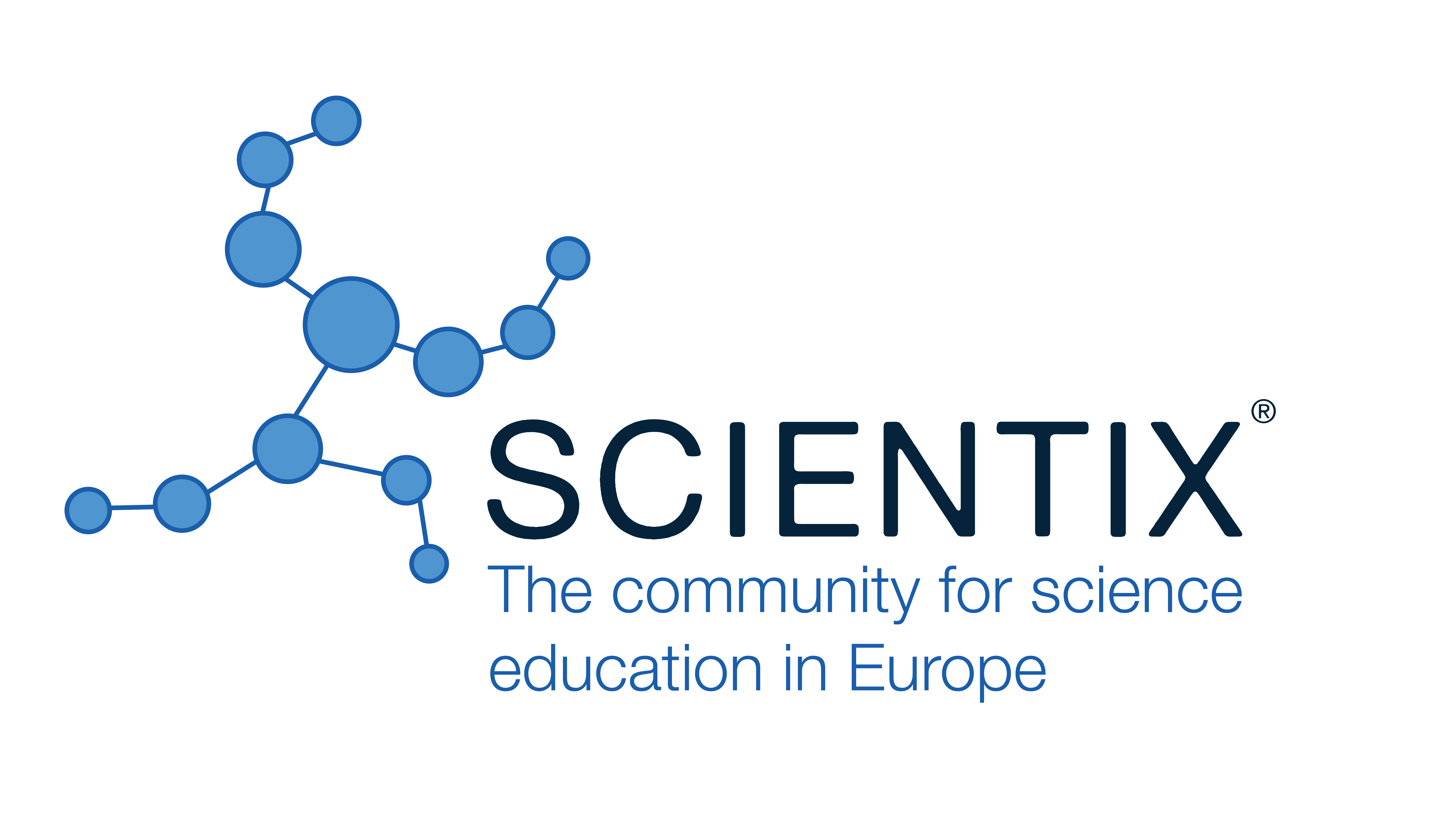Global Educational Transformation: How Inclusive Dual Language Immersion Practices Positively Impact Student Achievement and Socio-Intercultural Competence
Bettina Staudt, Chesterfield County Public Schools Virginia Dual Language Educators Network (VADLEN), Executive Board (United States)
Beatrix Preusse-Burr, Fairfax County Public Schools, Virginia Virginia Dual Language Educators Network (VADLEN), Executive Board (United States)
Giuliana Brink, Chesterfield County Public Schools, Virginia United States Virginia Dual Language Educators Network (VADLEN), Executive Board (United States)
Julie Buntich, Elizabeth Scott Elementary School, Chesterfield County Public School (United Kingdom)
Abstract
Research supports that students attain higher academic achievement when language instruction is in a child/s native language. (Collier and Thomas, 2012, 2017; Genesee et al., 2005;Thomas and Collier, 2003). (1) Dual immersion programs are beneficial for all students enrolled. Longitudinal research shows higher academic outcomes for all Dual Language Immersion (DLI) students (Collier, V. P., & Thomas, W. P. (2017).(2) This holds especially true for students of low-income backgrounds, migrant and refugee children, including students with special education needs of all categories of exceptionality. (3)
Dual Language Immersion in Virginia dates back to 1988 and has evolved to include innovative, inclusive Dual Immersion programs. The largest district in Virginia, Fairfax County Public Schools led the way and began their programs in 1989 in French, Japanese, and Spanish. Chesterfield County Public Schools successfully launched four Dual Immersion Programs (French, Spanish, Mandarin, and American Sign Language). These programs have gained huge popularity and community support leading to program expansion to additional sites and languages. Today, Virginia features Dual Immersion programs in 13 counties and 7 languages (ASL, Chinese, French, German, Japanese, Korean, and Spanish).
Demonstrating an all inclusive teaching model, presenters share about research, academic gains, biliteracy, and the benefits of socio-intercultural competence development for all students. Presenters showcase two successful DLI implementation examples: the “Global Classroom Project” (Fairfax County Public Schools, Virginia) and the Dual Immersion American Sign Language program in Special Education (Chesterfield County Public Schools, Virginia), which is the first all inclusive DLI program in Public Education in the United States.
These unique programs promote inclusive linguistic opportunities, while developing global socio-cultural competencies which serves as a global model for educational transformation.
|
Keywords |
Biliteracy, High Academic Achievement, Socio-cultural competence, Inclusion, Global Competence, Language Acquisition |
|
References |
[1] Genesee, F., Lindholm-Leary, K., Saunders, W., & Christian, D. (2005). Educating English language learners: A synthesis of empirical evidence research. Cambridge University Press. Collier, V. P., & Thomas, W. P. (2007). Predicting second language academic success in English using the Prism model. In Cummins, J. & Davison, C. (Eds.), International handbook of English language teaching, Part 1. Springer. Collier, V. P., & Thomas, W. P. (2012). What really works for English language learners: Research-based practices for principals. In Theoharis, G. & Brooks, J. (Eds.), What every principal needs to know to create equitable and excellent schools. Teachers College Press. Collier, V. P., & Thomas, W. P. (2017). Validating the power of bilingual schooling: Thirty-two years of large-scale, longitudinal research. Annual Review of Applied Linguistics, 37, 203-217. [2] [3] Collier, V. P., & Thomas, W. P. (2017). Validating the power of bilingual schooling: Thirty-two years of large-scale, longitudinal research. Annual Review of Applied Linguistics, 37, 203-217.
|
 The Future of Education
The Future of Education





























